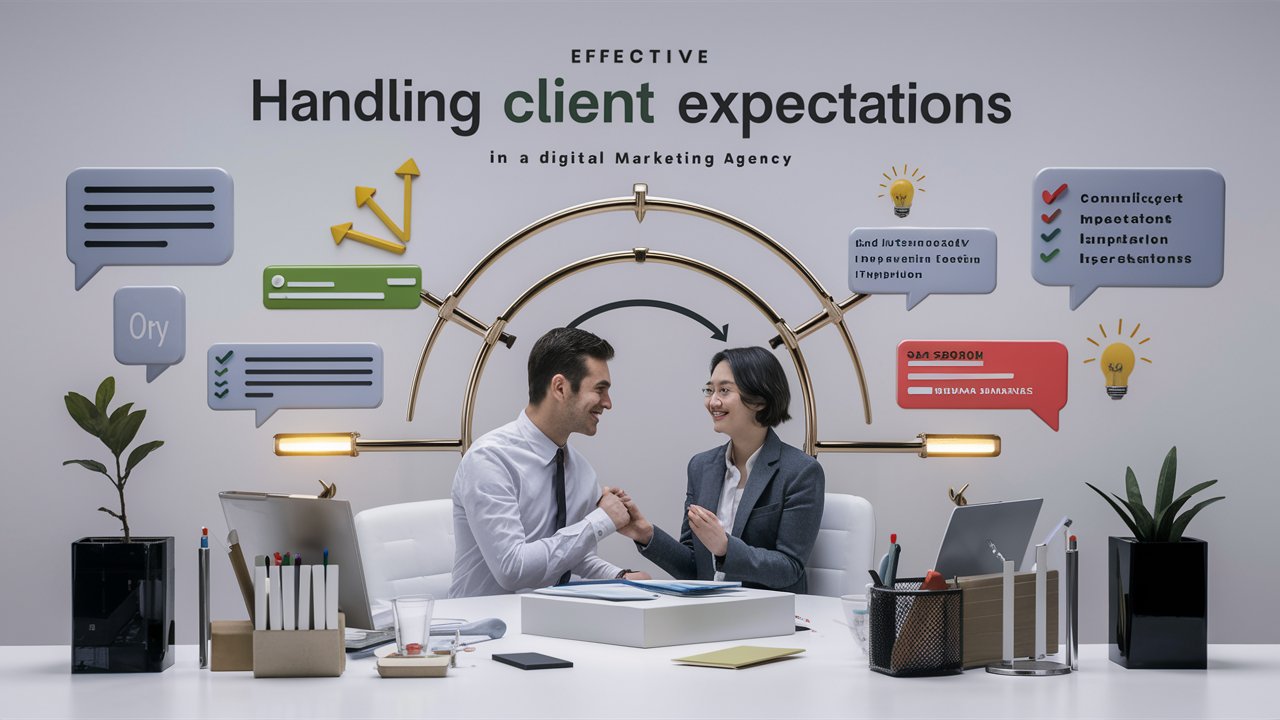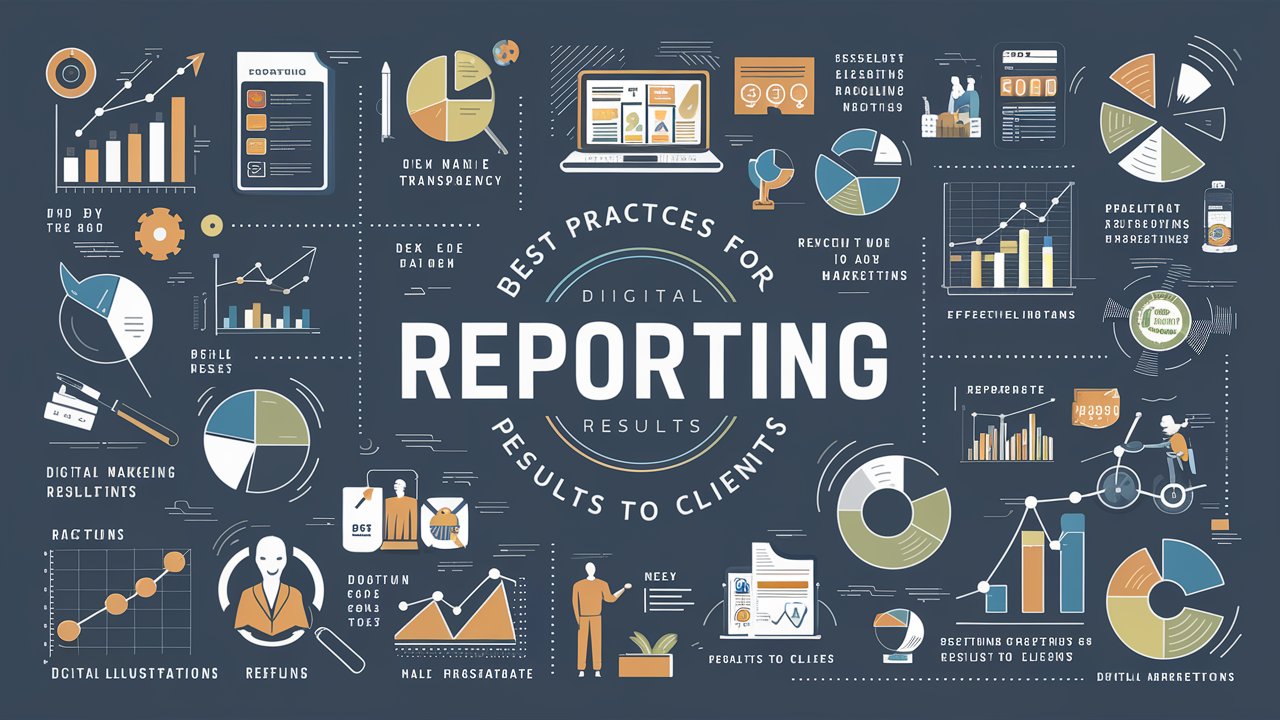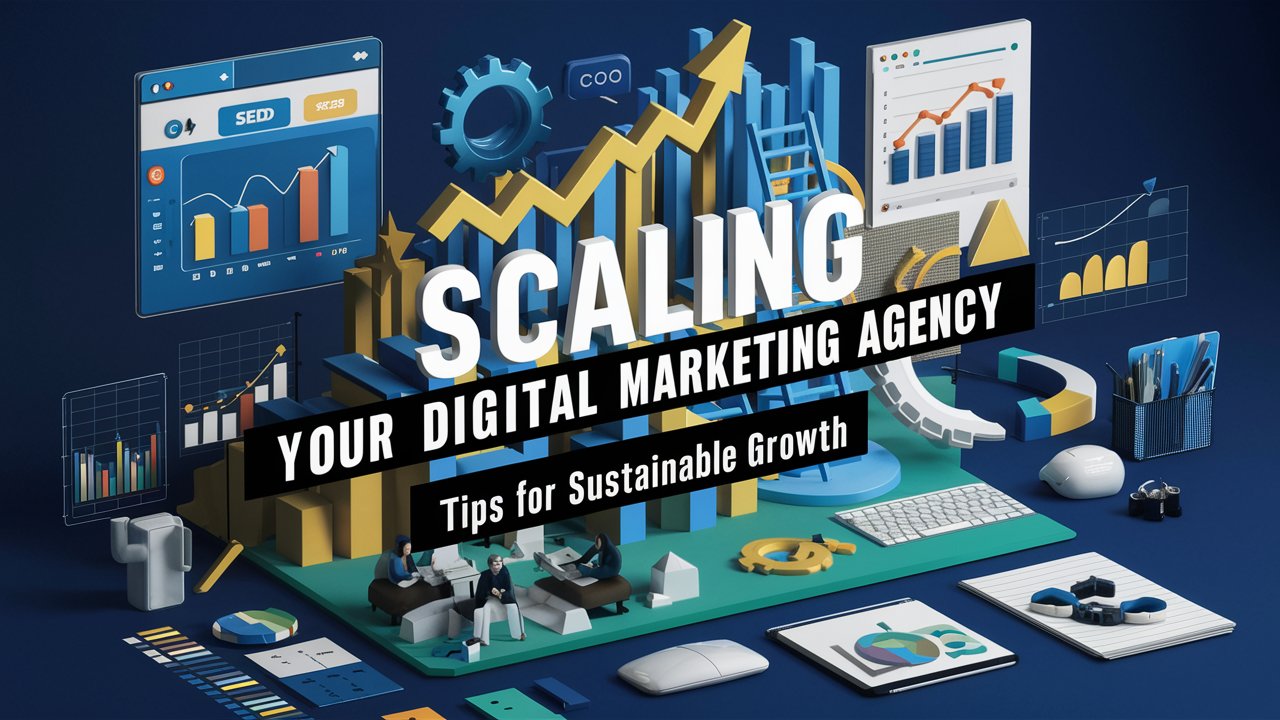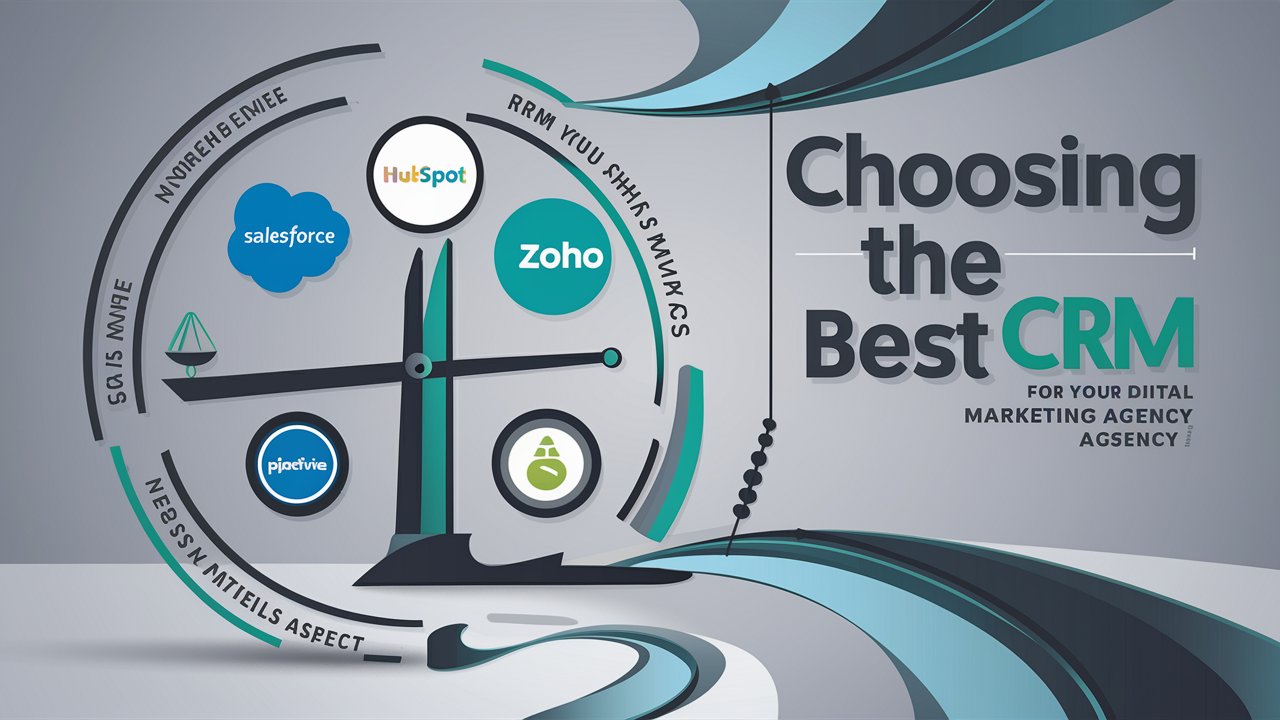Managing client expectations is a cornerstone of success in the digital marketing industry. Clear communication, effective planning, and consistent delivery are crucial for maintaining client satisfaction and fostering long-term relationships. In this guide, we’ll explore best practices for setting and managing client expectations to ensure your digital marketing agency thrives and your clients remain happy and engaged.
1. Set Clear and Realistic Goals from the Start
Keyword: Setting Client Goals in Agencies
Establishing clear, realistic goals at the outset of your client relationships is essential for managing expectations and aligning on outcomes.
- Initial Consultation: During the onboarding process, hold a thorough consultation to understand the client’s objectives, challenges, and expectations.
- Define SMART Goals: Use the SMART framework (Specific, Measurable, Achievable, Relevant, Time-bound) to set clear goals that are realistic and aligned with the client’s needs.
- Document Agreements: Clearly document agreed-upon goals, timelines, and deliverables in a formal proposal or contract.
Example Goal Setting: “Our initial consultation helped define SMART goals, ensuring clarity on deliverables and expected outcomes.”
2. Communicate Regularly and Transparently
Keyword: Transparent Communication in Agencies
Ongoing communication is vital for managing client expectations and keeping them informed about the progress of their campaigns.
- Regular Updates: Provide consistent updates on project progress, key milestones, and any changes to the strategy or timelines.
- Transparent Reporting: Share detailed performance reports and analytics to show how their campaigns are performing against the set goals.
- Address Concerns Promptly: Actively listen to and address any concerns or issues raised by the client in a timely and constructive manner.
Example Communication: “Weekly status meetings and transparent reporting improved client trust and satisfaction by 30%.”
3. Set Realistic Timelines and Milestones
Keyword: Realistic Timelines for Agencies
Setting realistic timelines and milestones helps manage client expectations and ensures projects stay on track.
- Detailed Project Plan: Create a comprehensive project plan with clearly defined milestones and deadlines. Share this plan with your client to set expectations.
- Buffer Time: Include buffer time in your project timelines to account for unforeseen delays or additional revisions.
- Update Timelines as Needed: If adjustments are required, communicate any changes in timelines promptly and explain the reasons behind them.
Example Timeline Management: “Implementing a detailed project plan with buffer time helped manage client expectations and ensured timely delivery of services.”
4. Educate Clients About the Process
Keyword: Educating Clients in Agencies
Educating clients about your processes and the factors influencing outcomes can help manage their expectations and build trust.
- Explain Procedures: Provide clear explanations of the steps involved in your services, such as campaign development, implementation, and optimization.
- Set Realistic Expectations: Educate clients on what to expect at each stage of the process and how long it typically takes to see results.
- Share Industry Insights: Offer insights into industry trends and best practices to help clients understand the rationale behind your strategies.
Example Education: “Educating clients on our process and expected timelines resulted in a 20% increase in client satisfaction.”
5. Manage Scope Creep Effectively
Keyword: Managing Scope Creep in Agencies
Scope creep, or the gradual expansion of project scope, can lead to unrealistic expectations and project delays.
- Define Scope Clearly: Clearly outline the project scope, including deliverables, timelines, and costs, in the initial agreement.
- Handle Requests Professionally: If clients request additional services or changes, assess the impact on the project timeline and budget. Discuss and agree on any changes before proceeding.
- Document Changes: Document any scope changes and adjust the project plan and contract accordingly to ensure both parties are aligned.
Example Scope Management: “Implementing a formal change request process reduced scope creep and helped maintain project timelines and budgets.”
6. Provide Exceptional Customer Service
Keyword: Customer Service in Agencies
Exceptional customer service is crucial for managing client expectations and building long-term relationships.
- Be Responsive: Respond to client inquiries and issues promptly to demonstrate your commitment to their success.
- Be Proactive: Anticipate potential issues and address them before they become problems. Offer solutions and alternatives to keep projects on track.
- Show Appreciation: Regularly express gratitude to your clients for their business and feedback. Personalized gestures, such as thank-you notes or small tokens of appreciation, can enhance client relationships.
Example Service: “Proactive communication and exceptional customer service led to a 15% increase in client retention rates.”
7. Use Data and Analytics to Manage Expectations
Keyword: Data-Driven Expectations Management
Leveraging data and analytics helps in setting and managing realistic expectations based on measurable insights.
- Track Performance Metrics: Monitor key performance indicators (KPIs) and share data-driven insights with your clients to keep them informed about progress and outcomes.
- Adjust Strategies Based on Data: Use performance data to adjust strategies and make informed decisions. Communicate these adjustments to clients and explain their impact.
- Provide Actionable Insights: Offer actionable recommendations based on data analysis to help clients understand the effectiveness of their campaigns and areas for improvement.
Example Data Use: “Using data-driven insights to manage expectations improved transparency and client satisfaction by 25%.”
8. Set Up a Feedback Mechanism
Keyword: Client Feedback Mechanism for Agencies
Implementing a feedback mechanism allows you to continuously improve your services and manage client expectations effectively.
- Regular Surveys: Conduct regular surveys or feedback sessions to gather client input on your performance and areas for improvement.
- Act on Feedback: Use client feedback to make necessary adjustments to your services and processes. Communicate the changes made in response to their feedback.
- Follow-Up: Regularly follow up with clients to ensure their concerns are addressed and to demonstrate your commitment to their satisfaction.
Example Feedback: “Establishing a feedback loop and acting on client input led to a 20% increase in client satisfaction scores.”
9. Build Strong Relationships Through Personalization
Keyword: Personalized Client Relationships
Building strong, personalized relationships with clients helps manage expectations and fosters long-term partnerships.
- Know Your Clients: Take the time to understand your clients’ unique needs, preferences, and business goals.
- Customize Communication: Tailor your communication and service delivery to align with each client’s preferences and expectations.
- Celebrate Milestones: Recognize and celebrate key milestones and achievements with your clients to strengthen the relationship.
Example Personalization: “Personalized communication and celebrating milestones improved client loyalty and retention by 30%.”
10. Continuously Review and Refine Your Approach
Keyword: Refining Client Management in Agencies
Continuously reviewing and refining your approach to client management ensures ongoing alignment with client expectations and industry standards.
- Regular Review Meetings: Schedule periodic review meetings with clients to assess progress, discuss any concerns, and adjust strategies as needed.
- Refine Processes: Regularly evaluate and refine your processes and practices based on client feedback, performance data, and industry trends.
- Stay Updated: Keep abreast of industry developments and incorporate best practices into your client management strategies.
Example Review: “Regular review meetings and process refinements led to a more responsive and adaptive client management approach, enhancing overall satisfaction.”
Conclusion
Effectively managing client expectations is essential for the success and growth of your digital marketing agency. By setting clear goals, communicating transparently, and providing exceptional service, you can build strong, long-lasting relationships with your clients. Implement these best practices to ensure your agency meets and exceeds client expectations, driving satisfaction and fostering long-term success.
Call to Action
Ready to enhance your client management practices and improve client satisfaction? Contact us today to learn how our strategies can help you manage client expectations effectively and achieve outstanding results!









